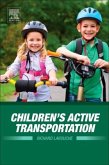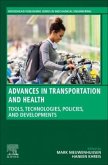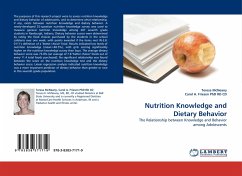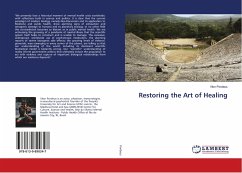Motor vehicle crashes are a leading cause of death in the U.S. and in Pennsylvania. The impact is most pronounced in teenagers and young adults. Seatbelts and motorcycle helmets are proven to save lives, yet presently, one in seven Pennsylvanians do not wear seatbelts, and about 50% of motorcyclists do not wear helmets. This book explores what would happen if Pennsylvania were to upgrade to stricter seatbelt and helmet laws. Between 1994 and 2006, 15,000 people died in car crashes on Pennsylvania roads, but at the same time, seatbelts saved nearly 5,000 Pennsylvanian lives, and helmets saved another 750 lives. If seatbelt and helmet use increased to 95%, another 4,500 lives saved could have been saved over the same time period. Before-and-after analysis shows what happened after the 2003 repeal of the PA universal helmet law. Universal seatbelt and helmet laws would potentially save 340 lives each year in Pennsylvania. These premature deaths affect not only the physical and mental health of loved ones, but also the economic health of a state highly dependent on tax revenues from younger adults to support its large aging population.
Bitte wählen Sie Ihr Anliegen aus.
Rechnungen
Retourenschein anfordern
Bestellstatus
Storno








